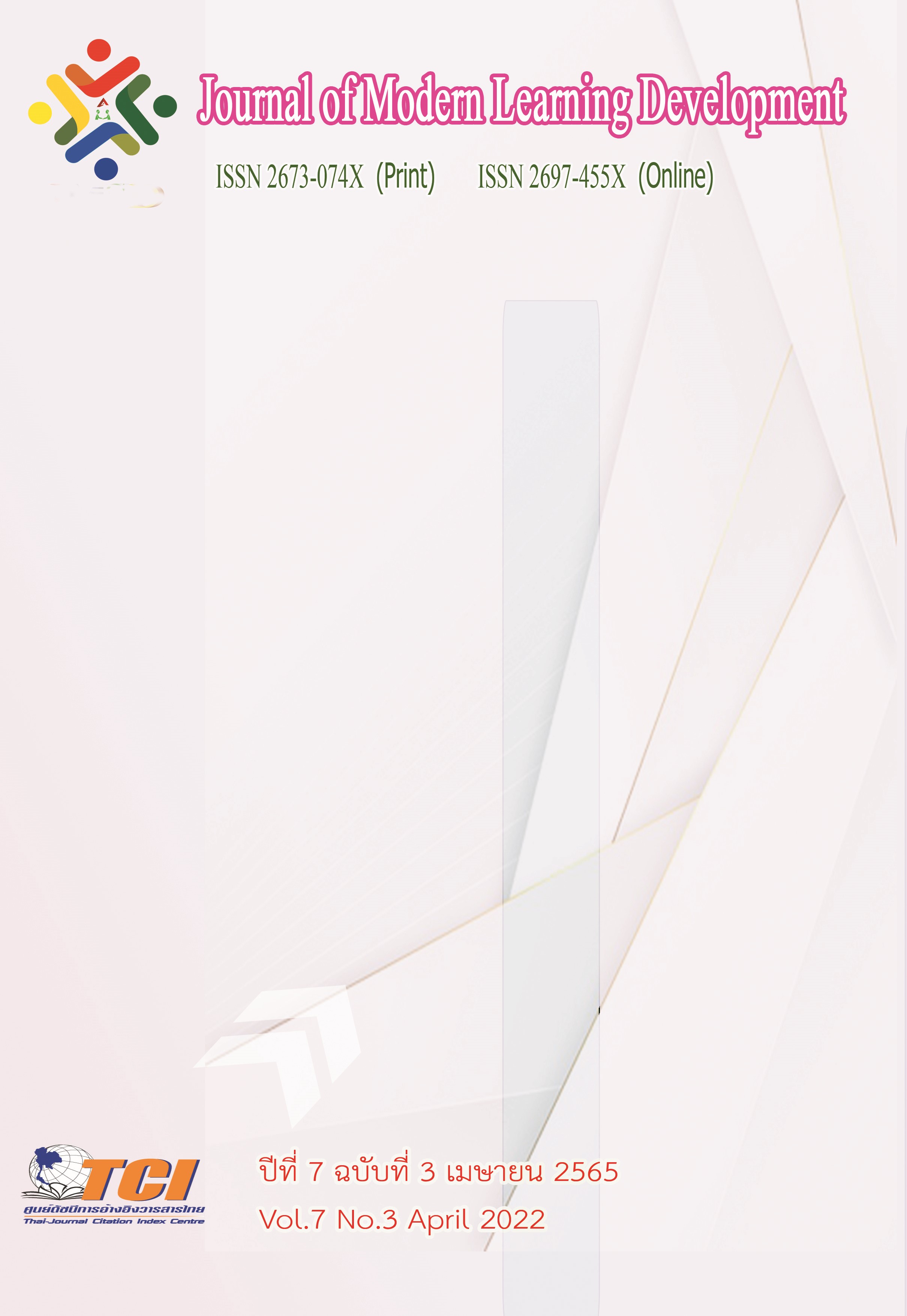การศึกษาสภาพการบริหารจัดการเรียนรู้แบบสะเต็มศึกษาในสถานศึกษา สังกัดสำนักงานเขตพื้นที่การศึกษามัธยมศึกษาพิจิตร
Main Article Content
บทคัดย่อ
การวิจัยครั้งนี้มีวัตถุประสงค์เพื่อศึกษาสภาพการบริหารจัดการเรียนรู้แบบสะเต็มศึกษาในสถานศึกษา สังกัดสำนักงานเขตพื้นที่การศึกษามัธยมศึกษาพิจิตรในการวิจัยครั้งนี้กลุ่มตัวอย่างได้แก่ ผู้บริหารสถานศึกษาและครูผู้รับผิดชอบโครงการพัฒนาการจัดการเรียนรู้สะเต็มศึกษาสังกัดสำนักงานเขตพื้นที่การศึกษามัธยมศึกษาพิจิตรจำนวน 30 โรงเรียน ประกอบด้วย ผู้บริหารสถานศึกษา จำนวน 30 คน ครูในกลุ่มสาระการเรียนรู้คณิตศาสตร์ ครูในกลุ่มสาระการเรียนรู้วิทยาศาสตร์และครูในกลุ่มสาระการเรียนรู้เทคโนโลยีจำนวน 90 คน รวมทั้งสิ้นจำนวน 120 คน โดยผู้บริหารสถานศึกษาและครูผู้รับผิดชอบโครงการพัฒนาการจัดการเรียนรู้สะเต็มศึกษาสังกัดสำนักงานเขตพื้นที่การศึกษามัธยมศึกษาพิจิตรได้มาโดยการเลือกแบบเจาะจง (Purposive sampling) โดยเลือกเก็บข้อมูลจากโรงเรียนสังกัดสำนักงานเขตพื้นที่การศึกษามัธยมศึกษาพิจิตรเครื่องมือที่ใช้ในการเก็บรวบรวม คือ แบบสอบถามสภาพการบริหารจัดการเรียนรู้แบบสะเต็มศึกษาในสถานศึกษา สังกัดสำนักงานเขตพื้นที่การศึกษามัธยมศึกษาพิจิตร มีลักษณะเป็นแบบมาตรประมาณค่า 5 ระดับ (Rating Scale)
ผลการศึกษา สภาพการบริหารจัดการเรียนรู้แบบสะเต็มศึกษาในสถานศึกษา สังกัดสำนักงานเขตพื้นที่การศึกษามัธยมศึกษาพิจิตร พบว่า โดยภาพรวมสภาพการบริหารจัดการเรียนรู้แบบสะเต็มศึกษาในสถานศึกษาอยู่ในระดับมาก ด้านที่มีค่าเฉลี่ยสูงสุด ได้แก่ ด้านการปรับปรุงการพัฒนาการเรียนรู้แบบสะเต็มและด้านที่มีค่าเฉลี่ยต่ำสุด ได้แก่ ด้านการตรวจสอบผลการจัดการเรียนรู้แบบสะเต็ม เมื่อพิจารณาเป็นรายด้านทุกด้านอยู่ในระดับมาก
Article Details
เอกสารอ้างอิง
ณพงศ์ วรรณพิรุณ (2559). รูปแบบการเรียนการสอนแบบสะเต็มศึกษาในสภาพแวดล้อมการเรียนรู้แบบห้องเรียนกลับด้านเพื่อเสริมสร้างทักษะความคิดสร้างสรรค์ทางวิทยาศาสตร์และเทคโนโลยี. วารสารการอาชีวะและเทคนิคศึกษา. 6 (12), 84-96.
บุญชม ศรีสะอาด. (2554). การวิจัยเบื้องต้น. (พิมพ์ครั้งที่ 9). กรุงเทพมหานคร: บริษัท สุวีริยาสาส์น จำกัด.
ยุวดี แสงขันตร์. (2564). แนวทางการบริหารจัดการเรียนรู้แบบสะเต็มศึกษาสำหรับโรงเรียนสังกัดสำนักงานเขตพื้นที่การศึกษาประถมศึกษาหนองคาย เขต 2. สาขาวิชาการบริหารและพัฒนาการศึกษา มหาวิทยาลัยมหาสารคาม.
ยศวีร์ สายฟ้า. (2555). การเสริมสร้าง วิทย์เทคโนโลยีศิลปะ และคณิตศาสตร์ด้วย STEAM Model . ออนไลน์.สืบค้นเมื่อ 15 พฤศจิกายน 2564. แหล่งที่มา: http://www.educathai.com/ workshop_download_ handout_ download.php?id=60&page=4
รติพร สุดเสนาะ. (2556). ทำไมต้องเป็นการเรียนรู้แบบ STEM Education. ออนไลน์. สืบค้นเมื่อ 15 พฤศจิกายน2564. แหล่งที่มา: htpp://lekratiporn.wordpress.com/type/video.
สถาบันส่งเสริมวิทยาศาสตร์และเทคโนโลยี กระทรวงศึกษาธิการ. (2557). ความรู้เบื้องต้นสะเต็ม. กรุงเทพมหานคร: สถาบันส่งเสริมการสอนวิทยาศาสตร์และเทคโนโลยีกระทรวงศึกษาธิการ.
อาจณรงค์ มโนสุทธิฤทธิ์ และคณะ. (2558). รูปแบบการพัฒนาครูมัธยมศึกษาให้มีความสามารถด้านการออกแบบบทเรียน STEM Education โดยการศึกษาบทเรียนและเครือข่ายสังคมออนไลน์. ชลบุรี: มหาวิทยาลัยบูรพา.
อัญชลี เกตุบำรุง (2564). การบริหารจัดการการเรียนรู้สะเต็มศึกษาในสถานศึกษาสังกัดสำนักงานเขตพื้นที่การศึกษามัธยมศึกษา เขต 4. วารสารสังคมศาสตร์และมานุษยวิทยาเชิงพุทธ. 6 (7), 1-17.


